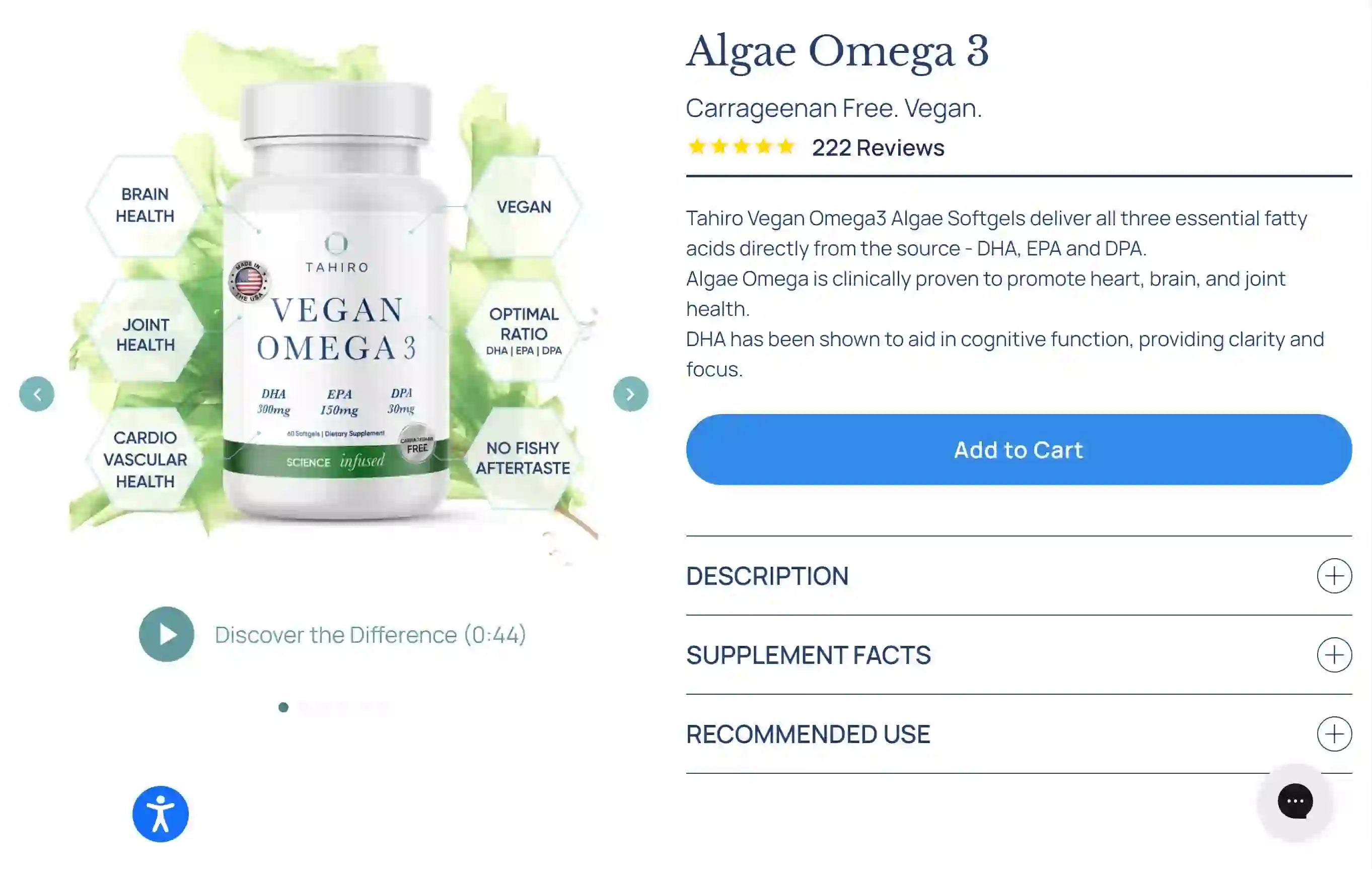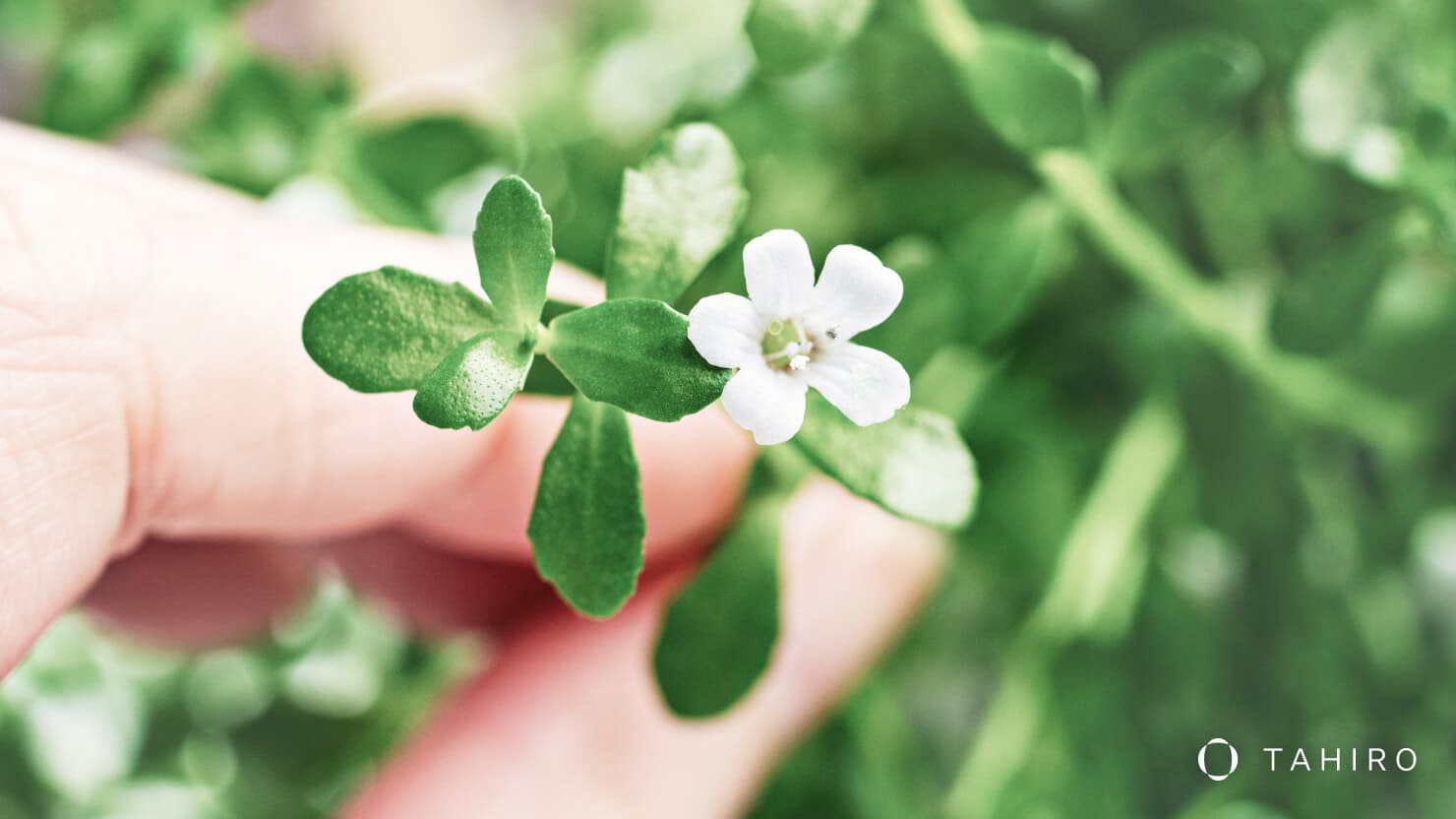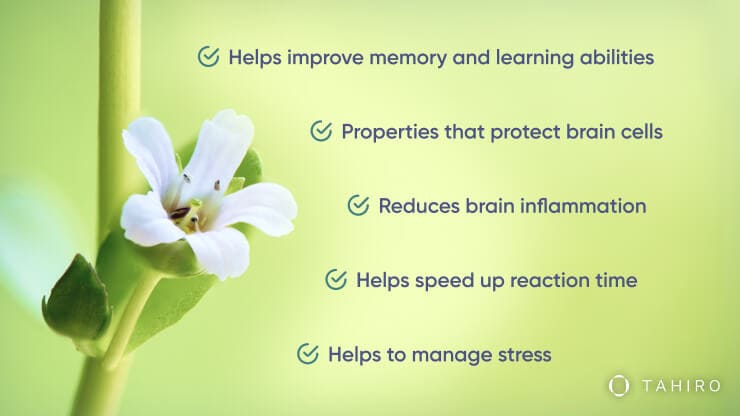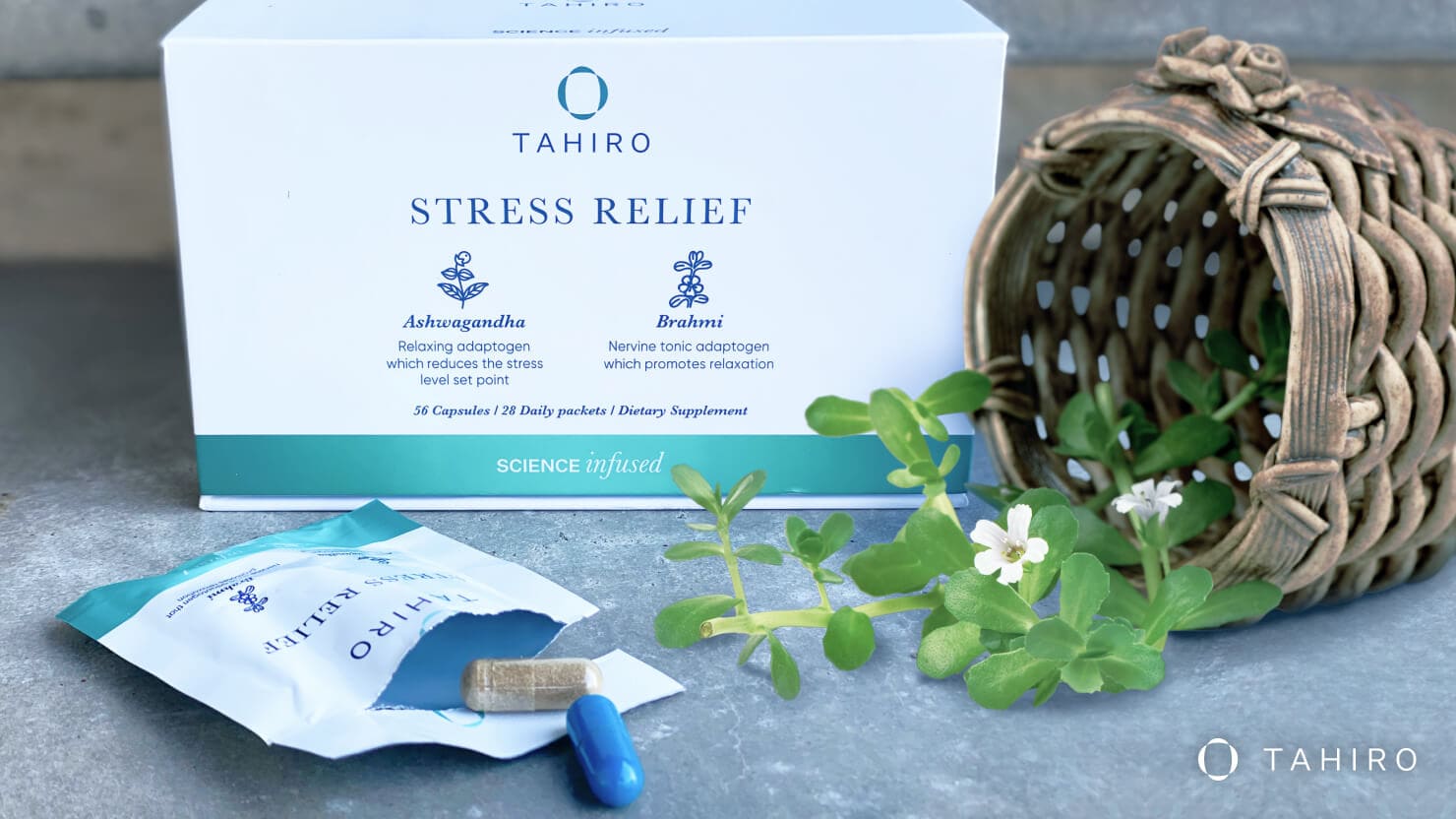Conclusion
Bocapa Monnieri, commonly known as Brahmi, is an herb renowned for boosting brain function, reducing inflammation, providing neuroprotection, and managing stress. Brahmi is a valuable addition to your daily routine, whether in the morning to enhance alertness and focus or at night to promote relaxation and a good night’s sleep.
Tahiro’s Stress Relief is an exceptional choice for those seeking the best Brahmi supplement. This potent, proprietary formula combines Brahmi with ashwagandha, eleuthero, lemon balm, and essential vitamins and minerals to support restful sleep and relaxation. Researched and developed by leading scientists, Stress Relief is formulated with clinically studied ingredients, ensuring its potency and effectiveness.
Tahiro’s Stress Relief promotes relaxation, supports brain health, and offers a proprietary formula designed to provide immediate relief within 20-30 minutes. Consistent use may help reset and reduce stress levels to a balanced and healthy state, aiding in modulating your stress mechanism and contributing to overall brain health. Stress Relief helps you be more relaxed and effective during the day and enjoy better sleep at night.








